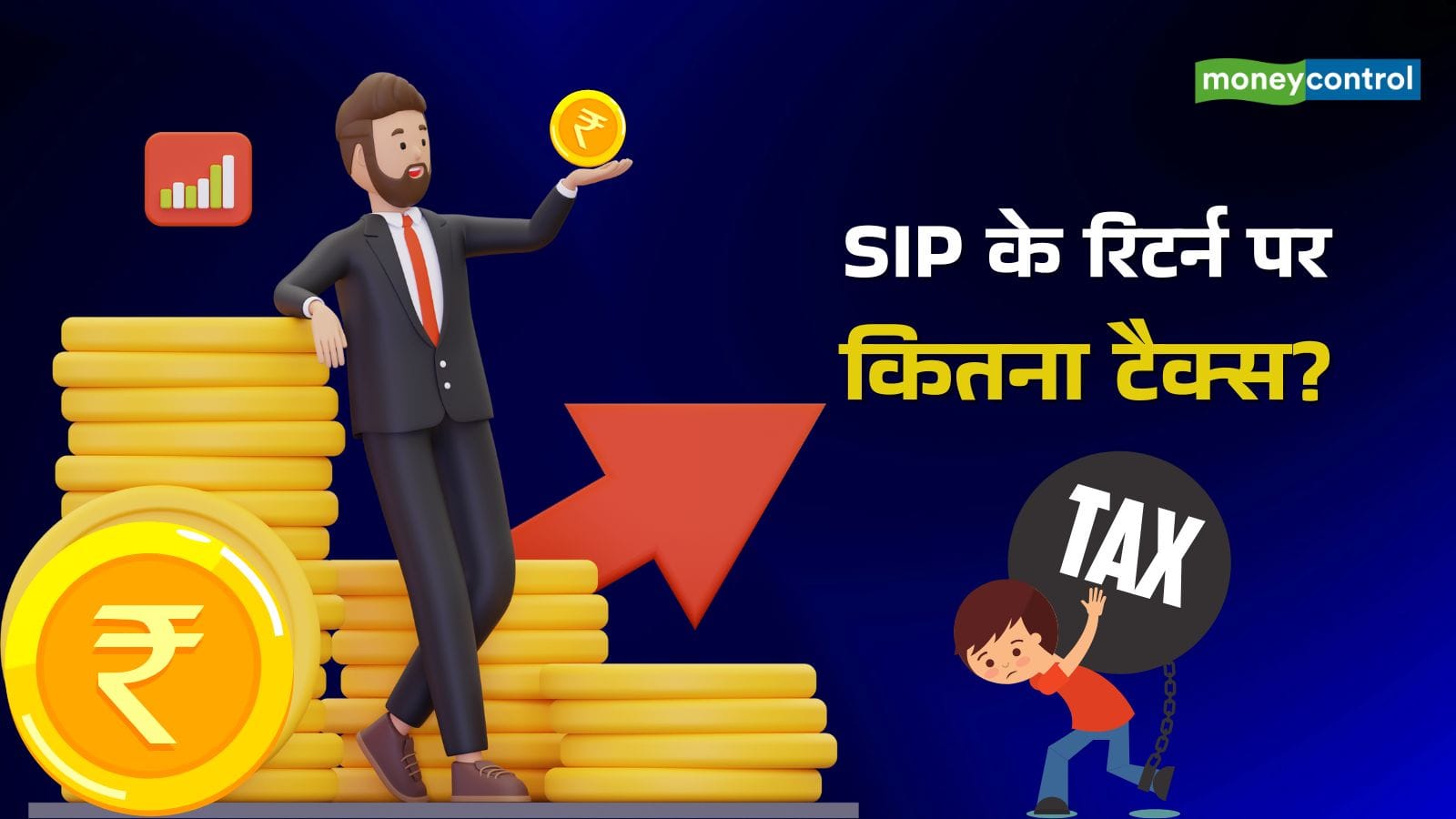
Sip tax rules: Many people like a systematic investment plan (SIP) to prepare savings and large funds. But, the profit that is taxed in it, it can be a bit complicated to understand how tax is levied.
Some people feel that SIP is long term investment, so it does not tax. But the truth is that SIP profits also come under tax. The only difference is that the tax rate depends on which fund you have invested and how long it has held it.
Let us know how, when and how much tax is levied on the profit from Mutual Fund SIP. Also, how can tax be reduced on returns.
What do tax depend on?
The return tax of SIP depends on two things. First, your fund is of which type- equity, date or hybrid. And second, how long have you held the units – that is, how much gap is there in the date of purchase and selling
These two things decide whether the profits will be considered as a short -term capital gain (STCG) or how much LTCG), and how much will be taxed.
How is SIP tax tax in equity funds?
If you have SIP in mutual funds in which at least 65% of the money is invested in shares, then it is an equity fund. Partner Vivek Jalan at Tax Connected Advisory Services LLP says that suppose you invest for one year in an equity mutual fund (on which STT is applied) and then redeem the entire investment after 13 months.
According to Jalan, ‘In this situation, the units purchased first through SIP have been with you for more than 12 months, so LTCG will apply to them. If the long term profit from these units is less than ₹ 1.25 lakh, then it will not be taxed. But if the profit is more than ₹ 1.25 lakh, then LTCG tax will be levied at the rate of 12.5% on the above ₹ 1.25 lakh.
However, units purchased from the second third and rest of SIP’s second and remaining installments will not be as old. The profits on them will be considered as short -term capital gains (STCG), as the duration of holding them will be less than 12 months. These will have to pay tax at a fixed tax rate of 20%, no matter what your income tax slab is. It will also be appropriate cess and surcharge. Tax rules are different for date funds.
SIP taxation for equity funds
| Holding period | Tax category | Tax rate |
| 12 months or less | Short term capital gains (STCG) |
20% (applicable from 23 July 2024) |
| More than 12 months | Long term capital gains (ltcg) |
Tax free up to ₹ 1.25 lakh, 12.5% on it |
If you started SIP from June 2023 and booked ₹ 2 lakh profit in July 2025. Since you kept the units of more than 12 months, it would be LTCG. The first ₹ 1.25 lakh will be tax-free, 12.5% tax will have to be paid to the remaining ₹ 75,000.
How does it feel tax on date, gold or hybrid funds?
Funds that have equity less than 35% are date-oriented or ‘non-equity’ funds. These are also taxed according to the holding period.
| Holding period | Tax category | Tax rate |
| 36 months or less | Short term capital gains (STCG) |
According to your income tax slab |
| More than 36 months | Long term capital gains (ltcg) |
12.5% (now no benefit of indexation) |
New rule: Before April 2023, there was a benefit of indexation on these funds, no longer. But LTCG exemption is provided from fy2025–26 to ₹ 4 lakh, for non-equity funds.
Why does SIP have a separate tax on each installment?
It is important to understand an important thing here that SIP is not at once but an investment process done every month. That is, every month’s installment is considered a new investment.
So when you sell units, the tax is on the basis of ‘FIFO’. The oldest unit is considered first, and based on that it is decided whether it is STCG or LTCG.
For example, if you started the SIP from January 2024 and sold some units in June 2025, then the installment of January 2024 is now 17 months old, it will be imposed on LTCG. On the other hand, if you sell the installment of May 2025, then it is only 1 month old, it will be stuck on it.
SIP and Tax in ELSS Funds
ELSS i.e. Equity Linked Saving Fund Scheme is a tax-saving fund, which has a 3-year lock-in on every SIP installment. In this too, the tax rules remain the same as equity funds:
- Ltcg looks on sale after 3 years
- Tax free up to ₹ 1.25 lakh
- 12.5% tax on the rest
Also, under Section 80C on ELSS, tax deduction up to ₹ 1.5 lakh is also available.
What about dividend income?
Prior to 2020, Mutual Funds were levied Dividend Distribution Tax (DDT), which is now over. Now whatever dividend you get, it joins your total income and taxable according to your tax slab.
Way to save tax on SIP returns
- Remember the FIFO rules- The unit purchased first is considered first, plan the same way.
- Avoid selling in equity funds before 12 months, otherwise 20% STCG will have to be paid.
- You can use LTCG’s ₹ 1.25 lakh discounts every year to save tax.
- Planning in Debt Funds keeping ₹ 4 lakh LTCG exemption in mind will be better.
Also read: Land Acquisition Rules: Government can take your land without consent? What are your legal and constitutional rights